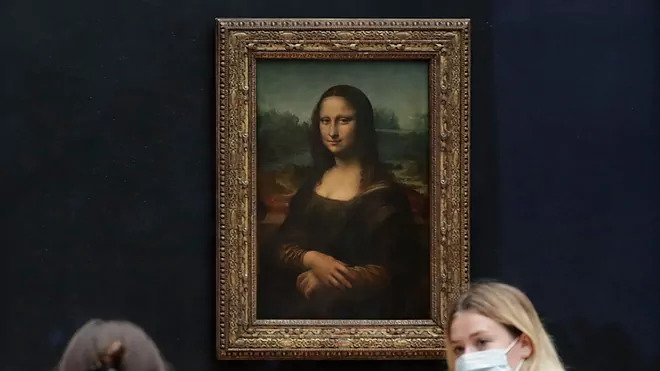Fine art has been an integral part of human culture for centuries. From the earliest cave paintings to the most contemporary installations, art has served as a means of expression, communication, and reflection of the world around us. The history of fine art is rich and complex, with a diverse range of movements, styles, and artists who have contributed to its development.
One of the earliest examples of fine art can be found in the Paleolithic cave paintings of Lascaux, France, which date back over 17,000 years. These paintings, created by early humans, depict animals and hunting scenes in stunning detail, and are a testament to the power of art to capture and communicate the experiences of the people who created them.
Throughout history, artists have used a wide range of mediums and techniques to create works of art that are both beautiful and meaningful. From the oil paintings of the Renaissance to the abstract expressionism of the 20th century, each movement in fine art has been shaped by the cultural and historical context in which it emerged.
One of the most influential movements in fine art history is the Renaissance, which emerged in Italy in the 14th century and lasted until the 17th century. The Renaissance was characterized by a renewed interest in classical antiquity, and artists of this period sought to capture the beauty and symmetry of the human form in their works. One of the most famous examples of Renaissance art is Leonardo da Vinci's Mona Lisa, which has become an icon of Western art and a symbol of the beauty and mystery that art can convey.
In the 19th century, the Impressionist movement emerged in France, led by artists such as Claude Monet and Pierre-Auguste Renoir. The Impressionists sought to capture the fleeting beauty of nature and the effects of light and color in their paintings, and their works are characterized by loose brushstrokes and a focus on the sensory experience of the world. Monet's Water Lilies series is a stunning example of Impressionist art, and his paintings have been described as "an attempt to capture the essence of nature's beauty in its purest, most elemental form" (National Gallery of Art).
In the 20th century, the art world was transformed by the emergence of new movements such as cubism, surrealism, and abstract expressionism. One of the most famous examples of abstract expressionism is Jackson Pollock's drip paintings, which he created by pouring and dripping paint onto canvases laid on the floor. Pollock's works have been described as "a fusion of the physical and the metaphysical, the material and the immaterial" (The Museum of Modern Art).
In conclusion, the history of fine art is a rich and complex tapestry of movements, styles, and artists, each of whom has contributed to the development of this vibrant and enduring form of human expression. From the earliest cave paintings to the most contemporary installations, art has the power to move us, to challenge us, and to inspire us, and it remains an essential part of the human experience. As the artist Pablo Picasso once said, "Art washes away from the soul the dust of everyday life".

Comments